A Comprehensive Guide to the Gluten-Free Diet
The gluten-free diet is a special diet for people with celiac disease or who have some form of gluten intolerance. So what is the gluten-free diet? How does it work? Is it safe to eat gluten-free? And importantly, how do you get started?
To answer your questions, we’ve put together this complete guide to the gluten-free diet!
This is an extensive guide to the gluten-free diet meaning it is quite long. So we’ve created an index here that you can use to jump to whatever part of the guide you want. It’s like a table of contents.
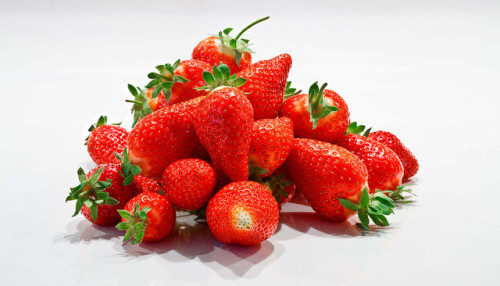
Gluten-Free Diet: A Complete Index
- What is the gluten-free diet?
- The history of gluten-free diet
- How the gluten-free diet works
- Why is gluten a problem?
- Is the gluten-free diet safe?
- What foods can I eat on the gluten-free diet?
- Are grains allowed on the gluten-free diet?
- Is dairy allowed on the gluten-free diet?
- Gluten-free diet and weight loss
- Where can I find gluten-free diet recipes?
- Where can I find out more about the gluten-free diet?
- Additional gluten-free diet resources
What is the gluten-free diet?
What is the gluten-free diet? We’re glad you asked!
The gluten-free diet is focused on eating foods and meals that contain no gluten. Gluten is a microscopic protein found in wheat, rye, barley, and oats. Learn more about what gluten is here.
So basically, eating gluten-free means avoiding any food or drink made with the flour from wheat, barley, rye, or oats. And it means avoiding any food or drink made with fermented liquids from those grains too.
Unlike other diets which have the sole purpose of making you healthier or helping you lose weight, the gluten-free diet is a medically recognized cure for people who have celiac disease. Additionally, the gluten-free diet is prescribed for people who are intolerant to gluten (but don’t have celiac disease).
Popularity
It is estimated that 3 million people in the United States alone have celiac disease (although most are yet to be diagnosed) and approximately 10 million have some form of gluten-intolerance.
Celiac disease is the most common auto-immune disease. It is even more common than diabetes.
Thanks to research from outstanding medical centers like the University of Chicago Celiac Disease Center, the University of Maryland Center for Celiac Research & Treatment, and stars like Gwyneth Paltro and Elisabeth Hasselback, the gluten-free diet is more well-known today than ever before.
The history of the gluten-free diet
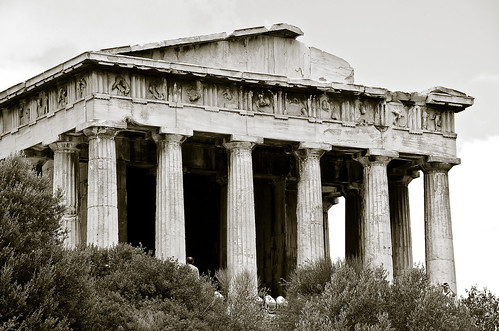
What appear to be observations of gluten intolerance appeared as early as 1500 B.C. But it wasn’t until the second century that a more formal paper was written describing it. The term used to describe the condition was koiliakos.
Gluten intolerance has been around a long time!
It’s possible that gluten intolerance dates back even further in time. About 10,000 years ago, humans began a major transition from hunting and gathering to a diet based on agricultural foods like grains. The theory is that not all humans were able to deal with the change to a grain based diet.
Two of the most popular diets today – Paleo and Primal – both base their theories on the idea that humans evolved over roughly two million years on diets that did not include grains. Since grains are relatively new to our diet, our bodies are not well-suited to processing grain and carbohydrate-heavy foods.
How the gluten-free diet works
The gluten-free diet works by avoiding eating foods made from, or that contain any wheat, barley, rye, or oats.
By cutting out gluten, people with gluten intolerance feel better. Eating gluten-free gets rid of the thing (gluten) that causes symptoms like diarrhea, vomiting, and lethargy.
That naturally leads to the question – why is gluten a problem for some people?
Why is gluten a problem?
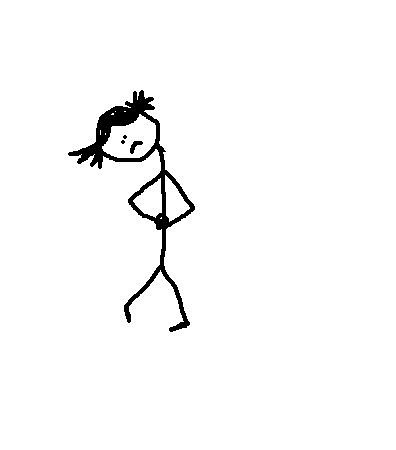
Gluten causes negative reactions for people with celiac disease (an autoimmune disease), or for people sensitive to gluten proteins.
Why would gluten cause this reaction? It’s an unanswered question in the medical community, and there are many assumptions as to why. But what is known is that reactions do occur, and the causes are not “in your head” as some doctors and health professionals used to think (and, sadly, often still do).
Gluten sensitivity is real, and it reveals itself in many ways. For some, the reaction to gluten occurs on their skin; for others as indigestion. Others might have celiac disease. Health problems differ depending on what kind of gluten sensitivity a person might have.
First, there is non-celiac gluten sensitivity – also known as gluten intolerance. Gluten intolerance is not an auto-immune disease like celiac, but the symptoms can be quite similar. With gluten intolerance, problems can be digestive or allergic reactions. The resulting symptoms range from diarrhea and gas to lethargy and fogginess. It can also cause rashes, headaches, nasal congestion and a variety of other negative reactions that clear up when gluten is removed from the diet or topical products.
Then, there is celiac disease. Celiac is an auto-immune disease caused by gluten sensitivity. With celiac disease, gluten is a problem because the body believes gluten is something it should fight and this results in an immune response.
Is the gluten-free diet safe?
The gluten-free diet is absolutely safe.
It is medically necessary for celiac patients to follow a gluten-free diet. But whether you have celiac or not, you can eat gluten-free.
Some writers (and even a few doctors) proclaim that eating gluten-free is unhealthy and therefore you should only follow this diet if you have to.
We absolutely disagree. The basic premise of their argument is that wheat-based products have more nutritional value. But the argument only holds true for the typical poor American diet based on the old and outdated food pyramid where grains and cereals are the things we should eat most.
If your diet consists mostly of cereals and grain based foods like bread and pasta, then yes, a wheat based diet has more nutritional value than the gluten-free version.
But we have no issues with getting the nutritional values we need for our whole family. And we don’t have to take a bunch of supplements to make it possible. Instead, we make fruits and vegetables a part of every meal. We eat protein foods like meat and eggs and yogurt. It’s actually very easy.
In fact, we lean toward a more Paleo / Primal eating style where virtually all grains are limited. If you want to learn more about a more hunter/gatherer approach to eating, check out Mark Sisson’s website MarksDailyApple.com.
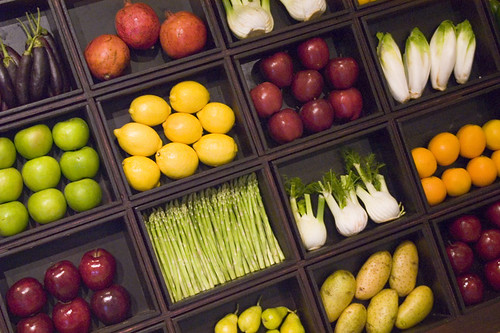
What foods can I eat on the gluten-free diet?
We’ve divided gluten-free food into categories and brands you can find in most grocery stores. Depending on where you live and the size of your town, some of these may not be available. But produce like fruits and vegetables, dairy and meat are available everywhere.
Produce
You can choose whatever fruits and vegetables you want from the produce section. Although some markets may have wheat grass available, you should avoid it. Otherwise, you can have your choice from what is available.
You already know about the benefits of eating fresh produce. However, it is worth noting that as you transition off gluten your body will need water and nutrients more than ever. What better way to give your body what it needs than with fresh fruits and vegetables?
Meat
Meat is an excellent source of protein and iron, which is especially important as your body heals. Avoid buying pre-marinated cuts of meat. Even if the meat doesn’t contain gluten, marinades from unknown sources may contain gluten.
You can make your own spice rubs and marinades. Single ingredient spices from McCormick’s, Tone’s, and Spice Islands are all gluten-free. Have fun and be inventive mixing different flavors together.
Bread
Gluten-free breads are typically found in the freezer section with the “organic foods”. Gluten-free baked goods don’t sell quickly since there is a limited amount of consumers who eat it. And they tend to have fewer preservatives, so it is more economical for stores to keep them frozen.
You may have to shop for gluten-free bread at a Whole Foods or other natural food stores if your supermarket doesn’t carry them. Some bakeries are now carrying gluten-free bread, but you should ask about cross-contamination (i.e., do they have separate counters and containers to cook the bread in?) before you buy.
The best gluten-free breads are from:
- Rudy’s Gluten-Free Bakery
- Udi’s Gluten-Free Bakery
- Canyon Bakehouse
All three brands are distributed nationally.
Note: Rudy’s and Udi’s both make regular breads too – so be sure you are buying the gluten-free variety.
Pasta
Pasta is a staple in most households. But are there tolerable gluten-free options are available?
Yes!
The best gluten-free pasta is made from brown rice flour, and is comparable to wheat-based pasta in taste and texture. Gluten-free pasta releases more starch than traditional pasta, so they should be rinsed well in the colander after cooking. Always cook your gluten-free pasta al dente; otherwise it will be mushy and sticky.
The brands we like best are:
- Tinkyada Rice Pasta
- DeBoles
- Annie’s Homegrown
Tinkyada and DeBoles make all types of pasta including spaghetti, macaroni, penne, spirals and others. Tinkyada also make lasagna noodles. DeBoles and Annie’s both make a gluten-free macaroni and cheese.
Dairy
If you can tolerate milk products, you’ll be thrilled to know that many dairy items are gluten-free. However, people newly diagnosed with celiac disease are often lactose-intolerant, so they have to avoid dairy until their bodies are healed.
If you can tolerate dairy, these are foods you can safely eat:
- Eggs
- Milk
Half-and-Half, whipping cream, skim, 1%, 2%, and whole milk are all safe to drink. However, not all flavored or non-dairy milks are gluten-free. So it is best to check the ingredients before you buy.
There some milk varieties that are gluten-free:
- Nesquik, all ready-to-drink flavors
- Coffee-mate, all flavors
- Horizon, all flavors including chocolate and strawberry
- Organic Valley Eggnog and Soy Milk (vanilla)
- Buttermilk
- Pacific Natural Foods Almond, Hazelnut, Rice, and Soy Milk
Cheese
Is cheese gluten-free? Most of it is, but not all. For example, blocks of cheddar, Monterey Jack, and Swiss are safe. Bags of pre-shredded Kraft mozzarella, cheddar, or Parmesan are fine.
Here are some other safe cheeses:
Sour cream and yogurt are two dairy products you’ll probably have on hand on a regular basis. Here are a few gluten-free national brands:
- Daisy Sour Cream
- Knudsen Sour Cream and Yogurt
- Stonyfield Fat Free, Low Fat and Whole Milk Yogurt
- Tillamook Sour Cream and Yogurt
- Yoplait yogurts specify if they are gluten-free on the package
Cereal
It’s nice to have a few boxes of cereal on hand, because it makes an easy breakfast or snack:
- General Mills Chocolate, Cinnamon, Corn, Honey Nut and Rice Chex
- Nature’s Path Amazon Frosted Flakes or Koala Crisp
Don’t assume that all General Mills Chex cereal is gluten-free. Look for “gluten-free” on the front of the box. Nature’s Path gluten-free cereals taste good, and they make several that are fun for kids.
Pasta Sauces
Pasta sauce is obviously great on pasta. But you can also use marinara as a pizza sauce or dip for gluten-free bread sticks. I’ve used Newman’s Own Marinara for pizza sauce and dipping for years.
Unfortunately, not all pasta sauces are gluten-free. But these sauces currently are:
- Dei Fratelli
- Classico red and white sauces
- Newman’s Own
Salad Dressings
Like pasta sauce, salad dressing can be used for more than just salad. It can also be used as a dip or marinade. Here are some gluten-free salad dressing options:
- Bolthouse Farms
- Cookwell & Company Cracked Black Pepper Vinaigrette
- Newman’s Own Ranch, Balsamic Vinaigrette, and Caesar
- Kraft Thousand Island and Ranch
Not all salad dressings are gluten-free.
A lot of foods are gluten-free. You can find a more comprehensive overview in our gluten-free food list.
Are grains allowed on the gluten-free diet?
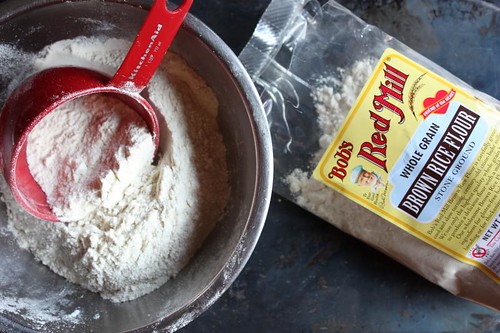
Yes, there are several gluten-free grains. These are just a few:
- Corn based grains like corn meal
- Quinoa
- Rice
However, you have to avoid wheat, barley, rye, and oats.
Is dairy allowed on the gluten-free diet?
Yes, although many people with gluten-intolerance find that diary also causes digestive problems. So they avoid it.
The bottom line is that you should watch out for dairy – especially when you first go on a gluten-free diet.
Gluten-free diet and weight loss
The gluten-free diet is not a weight loss diet. However, many people find they lose weight when they switch to eating gluten-free. One reason (we think) is that you have to pay more attention to what you eat when you are on a gluten-free diet. By paying attention to what you eat, you tend to be more conscious of your health and eating well.
The Primal and Paleo diets point to excess carbohydrates and sugary foods as the culprit for the obesity epidemic.
Technically, you can eat a diet very high in sugar and carbohydrates and still be gluten-free. Most sodas are gluten-free. Many candies are gluten-free. As you’ve seen from some of the images on this page, you certainly don’t have to cut out dessert when you eat gluten-free. A diet focused on these types of foods will not promote weight-loss.
But, if you switch to a gluten-free diet and get more conscious about eating natural foods, limiting your sugar, and being healthy, then yes, you can lose weight.
Where can I find gluten-free diet recipes?
We are presently building our recipes and will have several for you. For now, you can see what we have available here.
We also recommend:
Elana’s Pantry (website and books)
Gluten-free Girl and the Chef (website and books)
Carol Fenster (books)
Bette Hagman (books)
Where can I find out more about the gluten-free diet?

We published the book Gluten-Free For Beginners which provides an in-depth overview of the gluten-free diet. The book includes a 7 day meal plan, recipes, how to read ingredient labels to spot gluten, how to transition your kitchen to gluten-free, and much more.
Other gluten-free diet resources?
- University of Chicago Celiac Disease Center
- University of Maryland Center for Celiac Research & Treatment
- Celiac.com
What to do next…
Next, you should check out some gluten-free meals by clicking here!
=============
Image Credits:
Strawberries from David Blackwell
Ancient Greece from Adam Polselli
Tummy Ache by Alicia Gibb
Fruit and Vegetable Box from Ali Karimian
Gluten-free flour from Andrea Nguyen
=============
James & Karen Shirley
P.S. – you can reach us anytime by email from the contact link on this website. We answer every email! Why not ask a question you have about eating gluten-free?
